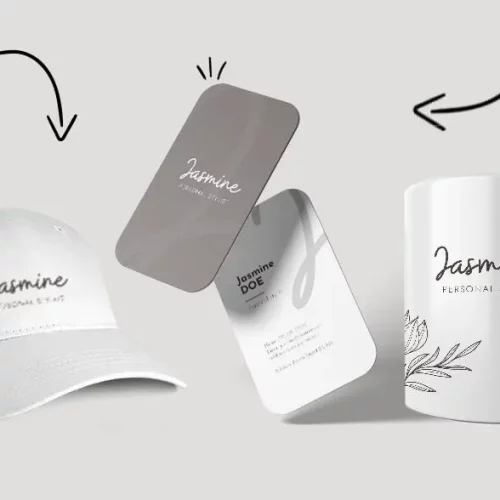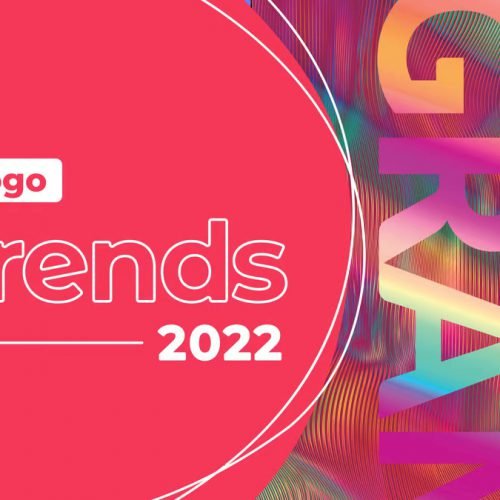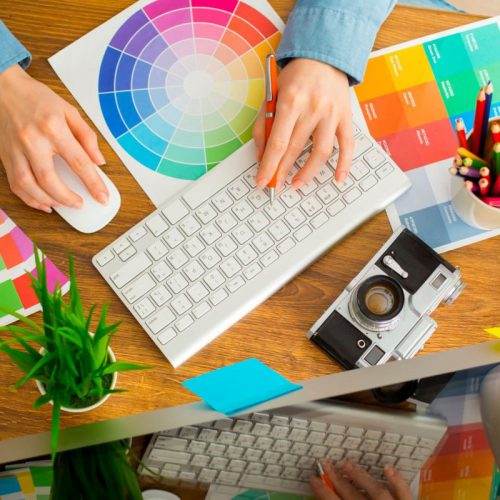
Currently, the design of products is increasingly focused to meet the needs and experiences of users. So what is product design or product design? How many stages is the implementation process and is it complicated? What should be kept in mind during implementation? All will be shared by me, Malu through the content of the article below (for example, furniture products – Chairs). Follow us now!
1. What is product design concept?
Product design definition
Product design is the process of combining an enterprise’s business goals and user needs to create beautiful, consistent designs that effectively identify each product.
The success or failure of the design depends a lot on the understanding of user needs. Be it needs, habits, frustrations, behaviors, etc. Product design can be applied in a variety of fields such as entertainment, sports, healthcare, food, furniture, jewelry, etc. …
I really enjoyed the words of Dr. Ralf Speth, CEO of Jaguar Land Rover : “If you think good product design is expensive, you should look at the cost of bad models.”
Types of product design
Currently, when it comes to product design , there are 3 types of design that are considered as the following core:
- System design
- Process design
- Design the theme
Depending on your goals and the needs of your users, you can choose the most suitable format. One thing you need to keep in mind is that all design products need to solve the best and fastest problem for the user, for the customer.
2. What does the product design process include?
In this content, I will reveal to you 6 steps in the product design process, helping you get the most basic support when implementing. And the information below will also be the best answer for those who are wondering about the product design process like .
Orientation of vision and product strategy
The vision and strategy orientation for the product plays a very important role before proceeding with the design. Because if the goal, vision is not clear, it is impossible to create a perfect design.

Visibility for product development plays an important part. Because vision helps:
- Orientation and guidance for product development team
- Come up with new product design ideas that are suitable for users who need to clearly define the value they bring
- Users understand the message your brand conveys and what you don’t build
- Clear in terms of user-oriented solutions
However, if you build a good vision, it is only of the stage. And the remaining ½ requires from you in creating a truly breakthrough strategy. The journey of your product mostly depends on your strategy.
From the vision, you proceed to plan, plan specific tasks to be implemented. In particular, you need to prioritize important goals for a successful product that is well received by users.
Product value research
To get a great product, the next thing you need to do is research its core value. So what should be studied? Research the benefits the product can bring to the user. Not only that, you also need to analyze the cost and feasibility of the product you are trying to deploy compared to competitors.
The study of core values will help you in the product design process to save the most money and time. Because the design went right with the set goal, there was no need to adjust too much.

Define target customers
From the product value research data, you begin to aggregate all the information and identify the main user segments for your product. This definition will work when you create a mock personas. This will be a character representing your user group. You need to clearly outline the characteristics of age, income, place of residence, personality, …
Forming personas will help you understand your users in a particular context. This is also the most basic foundation for you to easily come up with product design ideas at a later stage.
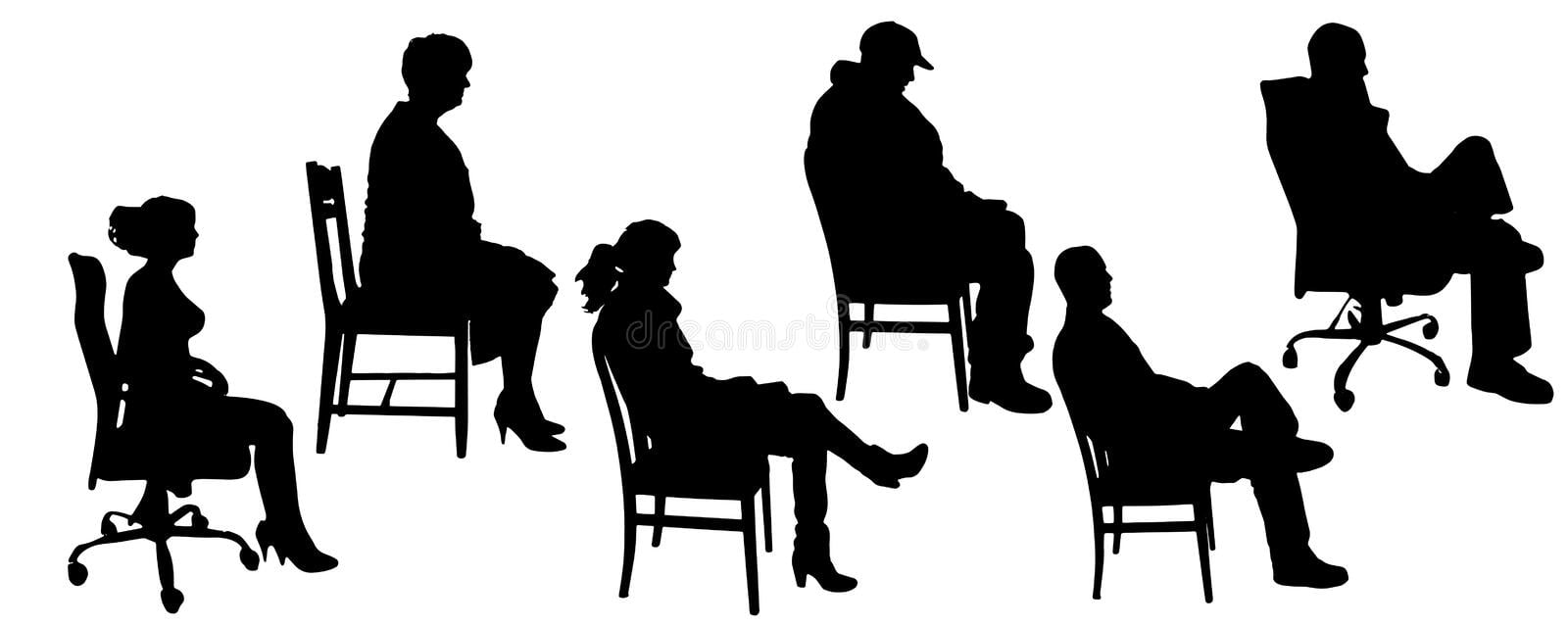
To better understand the causes of user needs and wants, you can use empathy maps. This tool will help you get a comprehensive overview of the user world. From there, you can build the most suitable products to bring satisfaction to customers.
Sketching product design ideas
Product ideation will take up most of your time. Because your idea is not only suitable for the purpose set out but also must meet the needs of consumers. Besides, the idea is also the soul for a unique design publication.
To get the best idea, you should sketch out as much as possible. Then you should consult with experts to choose the best idea.

The thing you need to keep in mind is that your idea needs to be compatible with the user journey. Here, you can use user journey maps to sketch out ideas. And giving your ideas a story behind it will be a very useful job.
A meaningful story will attract users more than a mere publication. Besides, the story formation also greatly supports the rapid prototyping process in the product design phase .
Deploy product design
After you have chosen the idea, the next step is to design the product. Note that in the implementation process you need to solve the product concept and the user’s problem.
Prototyping is the first thing you need to do. To be most effective, you need to build a rapid prototyping process, specifically in the following 3 stages:
- Prototyping: create a solution that you can consider testing
- Evaluation: conduct prototype delivery (small scale test model to test before starting to build full solutions) to users, to stakeholders. Then you gather feedback so you know what’s good for them and what they think isn’t.
- Refinement: from the feedback, you identify areas that need to be adjusted or made clearer. And the next job you need to implement is to refine the information, remove the areas that do not work well for the next design.
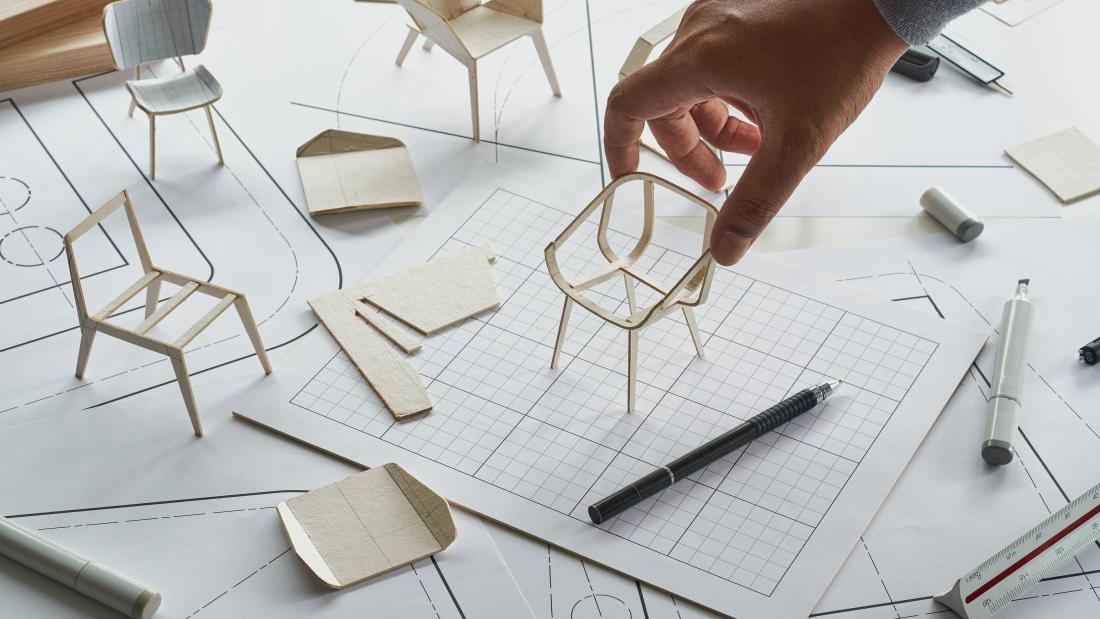
Prototypes will usually have 2 main types:
- High-fidelity prototype: interactive simulation, works just like the real product
- Prototype with low fidelity: rough sketch on paper
Based on the prototype goal as well as the design phase you will choose the most suitable prototyping technique. Prototyping will help you maximize your time and increase work efficiency.
Test and evaluate effectiveness
After testing a design, it’s a good idea to test and evaluate its performance to refine accordingly. What you should keep in mind in this testing and evaluation stage is to care about how users use the product. Not only that, you need to collect qualitative data about the satisfaction level of users when using your product.

These data will be a valuable source of information to help you improve your product design if there is any negative feedback. And if your product delivers amazing results, then you can ramp up production and change your product strategy.
3. Factors to keep in mind when designing products
Here are 3 factors that I think are extremely necessary when starting to implement design work, specifically as follows:
Put the brand element as the focus
Branding is considered a central element in the product design process. Because once customers recognize your brand well, the purchase conversion rate will be higher. Brand integration is considered as one of the aspects that create brand success for a business.
There should be a story for the product
Creating a story will attract customers more interested in your product. The closer the story is to life, the more receptive it is. So, create the most meaningful story for your design publications today!
There is compatibility
Compatibility here is having the logic between the product and the message you want to convey that is compatible with each stage of your product lifecycle . This requires a combination of work from the designer and the business owner.
Besides, compatibility is also mentioned in the design as the difference. The difference in design will help you score points in the eyes of users. And of course, once you attract them, they have a high chance of becoming your potential customers.
Malu has just finished sharing with you information about product design . Hope this knowledge will assist you in the process of creating product design and help in positioning products for your business. See you in the next posts.

